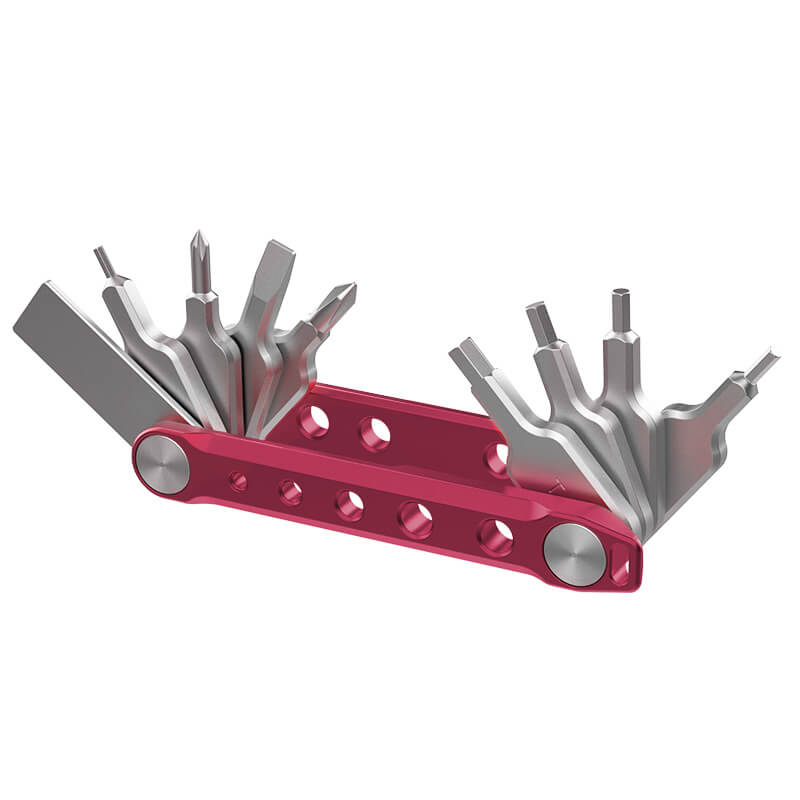A sturdy tripod can be the make-or-break factor in nailing that perfect shot. That's why it's a big deal to know just how reliable and stable your tripod is before you put your camera on the line. In this guide, we'll walk you through a step-by-step process to check your tripod's sturdiness so you can trust it to hold up under pressure. Whether you're shelling out the big bucks or just want to make sure your current setup is up to snuff, this article has got you covered with practical tips to test your tripod's stability.

How to Test the Stability of a Tripod's Different Parts
To determine the stability of a tripod, it is essential to conduct a thorough assessment that covers both visual inspection and functional stability tests.
Initial Visual Inspection
Begin by visually inspecting the tripod for any damage or defects that may compromise its integrity. Check for cracks, dents, or any signs of wear and tear on the legs, center column, and head. Ensure that all parts, including locks, knobs, and levers, are securely tightened and functioning correctly.
Leg Stability Test
Set up the tripod on different surfaces, such as concrete, carpet, grass, and gravel. Apply pressure to each leg individually to check for any flexing, wobbling, or instability. A stable tripod should remain firm and level on all surfaces.

Center Column Stability Test
Extend the center column to its maximum height and apply gentle pressure to the top of the column. Observe any unwanted movement or vibrations. Repeat the test at different heights to ensure stability throughout the column's range.
Payload Capacity Test
To put your tripod's weight capacity to the test, try mounting your bulkiest and heaviest camera equipment on it. Keep a close eye out for any signs of drooping or wobbling under the load. Make sure that the tripod can handle the weight it's rated for without becoming shaky or unsteady. Experiment with different combinations of gear to get a sense of how adaptable the tripod is to various setups.

Vibration Dampening Test
Get your camera tripod ready and place it in a steady spot indoors. Use a remote control or the camera's self-timer to take a picture, so you don't shake it by pressing the button. Check out the photos for any signs of blurriness or wiggle that might have come from the tripod itself. Then, take some pictures without the tripod for comparison. This will help you figure out how well the tripod is at keeping your camera still while shooting.
Wind Resistance Test
Pop your tripod up outside when the wind is blowing and watch how it holds up. Give it a go both with and without your camera or something else mounted on it to see how steady it stays. If it's really gusty, try hanging a weight like a bag of sand from it to keep it from tipping over.
Long-Term Stability Test
Leave the tripod set up with a camera for an extended period and check for any changes in stability over time. Assess the tripod's performance in different temperatures and humidity levels to ensure consistent results in various environments.
Further Stability Testing Methods to Apply
To thoroughly evaluate tripod stability, photographers can employ several testing methods that provide objective and comparative results.
Test Method #1
To really see if your tripod is steady, try snapping some pics of a still pattern like a checkerboard or a chart with lots of lines. Do this in a place where you can control the lighting and such. If you take a bunch of shots of this pattern without moving anything, you'll be able to spot if there's any movement or fuzziness in the images that might mean your tripod is wobbly.
Test Method #2
Comparing images from multiple exposures is another effective way to assess tripod stability. Take a bunch of the same photos with the exact same camera setup. Then, line these pictures up next to each other and see if there are any differences in how clear they are, whether they're all focused the same way, or if anything shifted out of place - any changes could mean your tripod is moving when it shouldn't be.
Test Method #3
Put your camera on the tripod and turn on Live View, which lets you see through your lens in real time on your camera's screen. Find something that isn't moving to focus on, then keep an eye on the screen. This method is particularly useful for detecting subtle vibrations that may not be apparent in captured images.
Analysis of Test Results
Once you've done your tests to see how solid your tripod is, take a good look at what you found out. Does the tripod do its job well enough for you? If you spotted a lot of shaking or wobbles, it might be time to think about getting some new gear. Sometimes, you don't need to buy a whole new tripod-you could just get a better head for it or swap out parts that are old or broken to make it sturdier.
Take Action Now: Test Your Tripod's Stability
Ensuring the stability of your tripod is a critical step towards achieving professional-quality images and safeguarding your equipment. With the detailed tests outlined, you're now equipped to thoroughly evaluate every component of your tripod's stability. Don't let a shaky setup ruin your next shoot; take the time to perform these checks and reinforce the confidence in your gear. May your next venture be as stable as your trusty three-legged friend!






